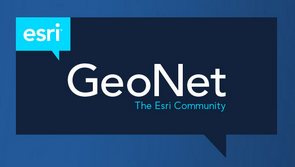Francesco Tonini, PhD, GISP
Francesco is a geospatial data scientist and certified GISP (GIS professional) with a cross-disciplinary background in statistics/machine learning, geospatial analysis/modeling and visualization, and programming. His professional interests include cloud and AI tools to solve global environmental and sustainability challenges, ecosystem services provision, and human-natural systems research. Some of his efforts have also been directed toward bridging the gap between science and stakeholders by improving existing visualization and display approaches to assist with forecasting, prevention, and mitigation of environmental impacts. While at MSU CSIS, he led and coordinated the development of a suite of geo-processing tools and GIS software/web applications on telecoupling.
Since leaving MSU in 2019, Francesco has been working with The Nature Conservancy as a Geospatial Data Scientist and specializes in supporting conservation teams across the organization in their AI/ML and Earth Observation analysis endeavors.
Since leaving MSU in 2019, Francesco has been working with The Nature Conservancy as a Geospatial Data Scientist and specializes in supporting conservation teams across the organization in their AI/ML and Earth Observation analysis endeavors.
Research Interests: Coupled human and natural systems (CHANS), Ecosystem Services, Data Science, Geospatial Modeling, WebGIS, Natural Hazards & Emergency Management
Organizations: US International Association for Landscape Ecology, American Geophysical Union
Center for Systems Integration and Sustainability
Tools spark R-ArcGIS community interest

Blog: R – ArcGIS News and Plans for 2017

Collections of geoprocessing tools for CHANS analysis using R scripts within ESRI's ArcGIS

Using RPGs to Solve Environmental Problems
![]()
Related Work
-
ECOLOGY AND SOCIETY -- Telecoupling Toolbox: spatially explicit tools for studying telecoupled human and natural systems
Published on October 19, 2017
-
Tangible geospatial modeling for collaborative solutions to invasive species management
Published on March 28, 2017





 Print
Print Email
Email